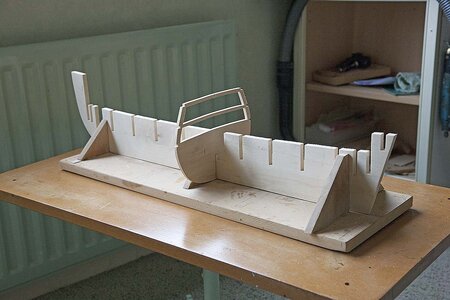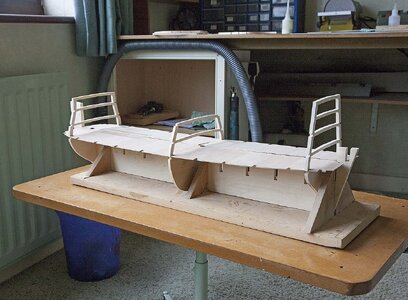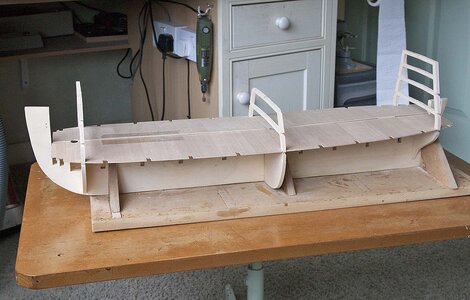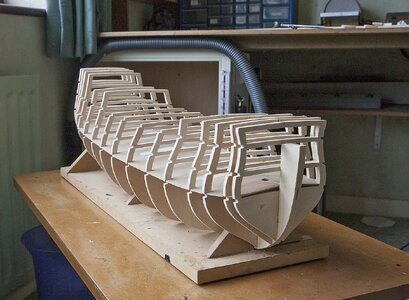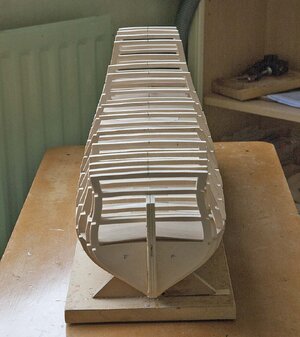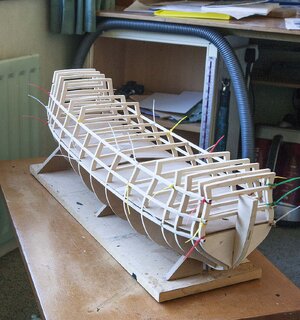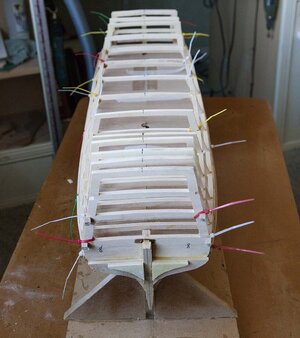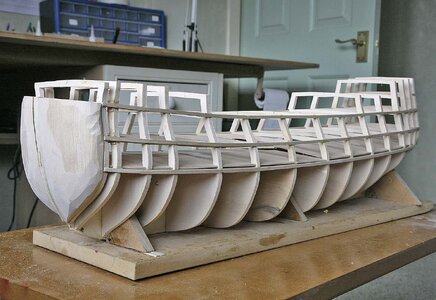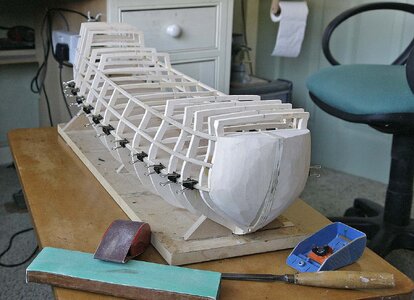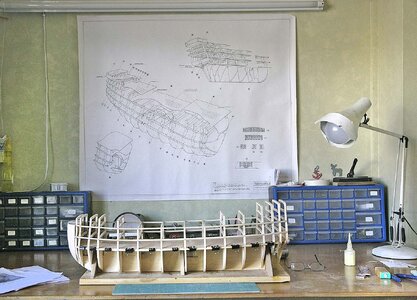- Joined
- Dec 16, 2016
- Messages
- 1,088
- Points
- 493

Good morning from UK. I have just finished my build and log of Antio and I have no immediate plans to start another build at the moment. Earlier this year I did a short retro build log of my Wappen Von Hamburg, I was surprised at the interest shown for a brief account of an old build. I mentioned that I may do a similar retro log of my Royal William build and I think that now would probably be a good time to start. I didn’t do a log on the forum at the time but I did take lots of pictures of every stage ( hundreds ) and made copious notes so if you can forget that this model has already been built you may find it interesting to follow.
As with most of you I read Keith Juliers account of building a Euromodel kit of the Royal William, a very elaborate model and I thought Wow! but way above my grade, but we can all dream. About eight years ago one came up on Ebay at a cheap price, I thought why not, I put my bid on and to my surprise won it, so the journey began.
When I got the kit I realised that I was initially out of my depth, it wasn’t like other kits that I’d built but more like a semi scratch build, the wood was supplied as well as superb castings, there were no instructions but most importantly there were twenty 1:1 sheets of the most detailed plans that I had ever seen. I honestly didn’t think that I could successfully build it but having nothing to lose I set about giving it my best shot and along the way learned a great deal about ship modelling, you don’t know what you can achieve until you try.
I’m showing you my work area so that you’ll realise that for this build I really didn’t have the space needed for this type of build, I used up most of my wall space to display the plans and I made a sort of side working surface using an old office swivel chair topped with some MDF. This has been a great asset as I can raise, lower and swivel it, especially useful for rigging and at no cost.
I’ll start the build in my next post, if you are interested you can see the result in the completed models section, this log will be how I got there.
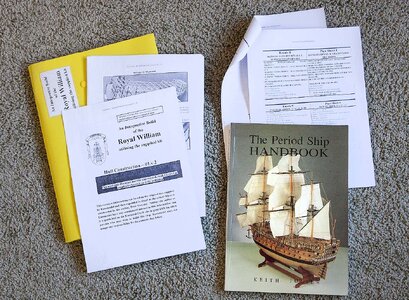
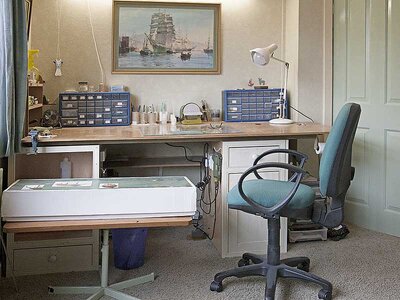
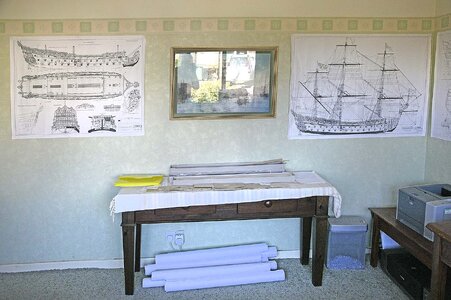
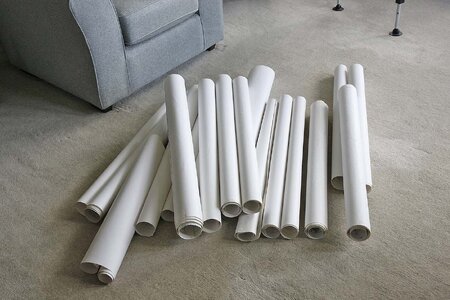
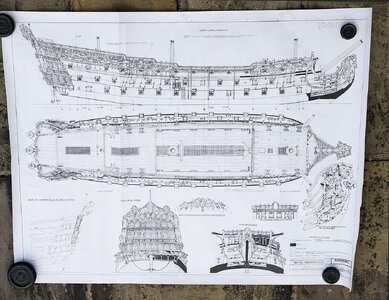
As with most of you I read Keith Juliers account of building a Euromodel kit of the Royal William, a very elaborate model and I thought Wow! but way above my grade, but we can all dream. About eight years ago one came up on Ebay at a cheap price, I thought why not, I put my bid on and to my surprise won it, so the journey began.
When I got the kit I realised that I was initially out of my depth, it wasn’t like other kits that I’d built but more like a semi scratch build, the wood was supplied as well as superb castings, there were no instructions but most importantly there were twenty 1:1 sheets of the most detailed plans that I had ever seen. I honestly didn’t think that I could successfully build it but having nothing to lose I set about giving it my best shot and along the way learned a great deal about ship modelling, you don’t know what you can achieve until you try.
I’m showing you my work area so that you’ll realise that for this build I really didn’t have the space needed for this type of build, I used up most of my wall space to display the plans and I made a sort of side working surface using an old office swivel chair topped with some MDF. This has been a great asset as I can raise, lower and swivel it, especially useful for rigging and at no cost.
I’ll start the build in my next post, if you are interested you can see the result in the completed models section, this log will be how I got there.











 I will join to the friends in the front row seat with a great curiosity
I will join to the friends in the front row seat with a great curiosity